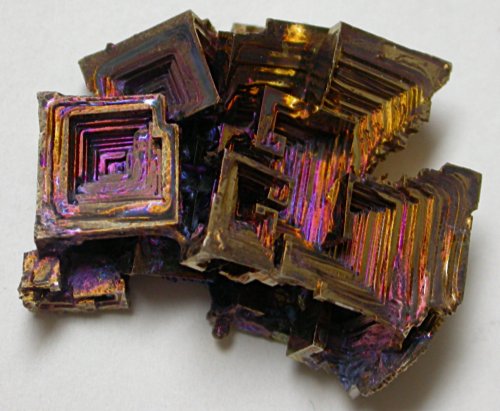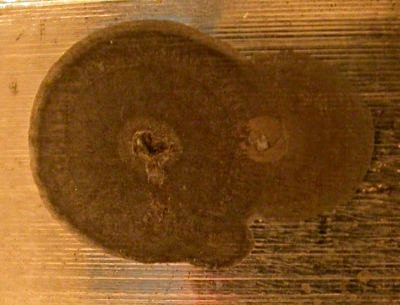


 I like the neat pyramid one. Im envious
I like the neat pyramid one. Im envious 







 )
)
| Quote: |
 Wish I could get growth like that with any metal I have on hand... my
99.9% lead and aluminum only make at most 1/4" difference in height from peaks to valleys in the cubic crystals formed.
Wish I could get growth like that with any metal I have on hand... my
99.9% lead and aluminum only make at most 1/4" difference in height from peaks to valleys in the cubic crystals formed.| Quote: |
| Quote: |

 (Yeah yeah toddlers, different story..)
(Yeah yeah toddlers, different story..)
| Quote: |

| Quote: |
| Quote: |

| Quote: |
| Quote: |
| Quote: |
| Quote: |
| Quote: |
| Quote: |
| Quote: |
| Quote: |

 For
the most part, the drops flying around are very small and don't cause much damage.
For
the most part, the drops flying around are very small and don't cause much damage.